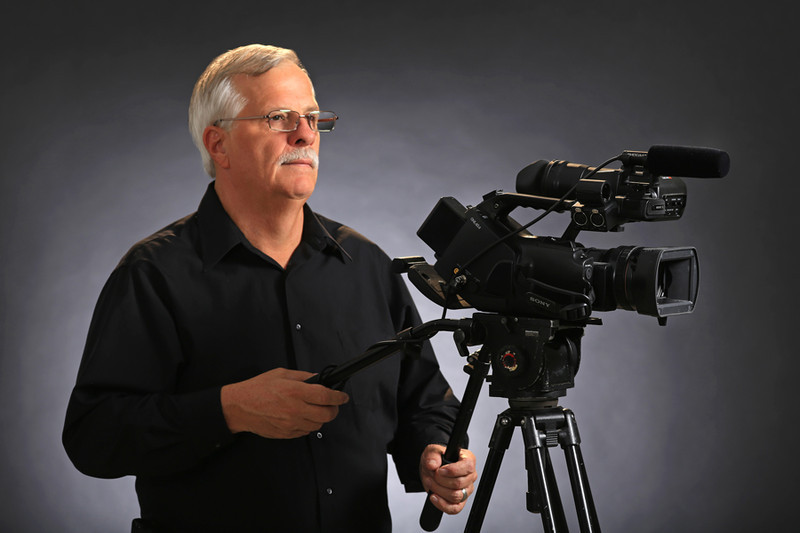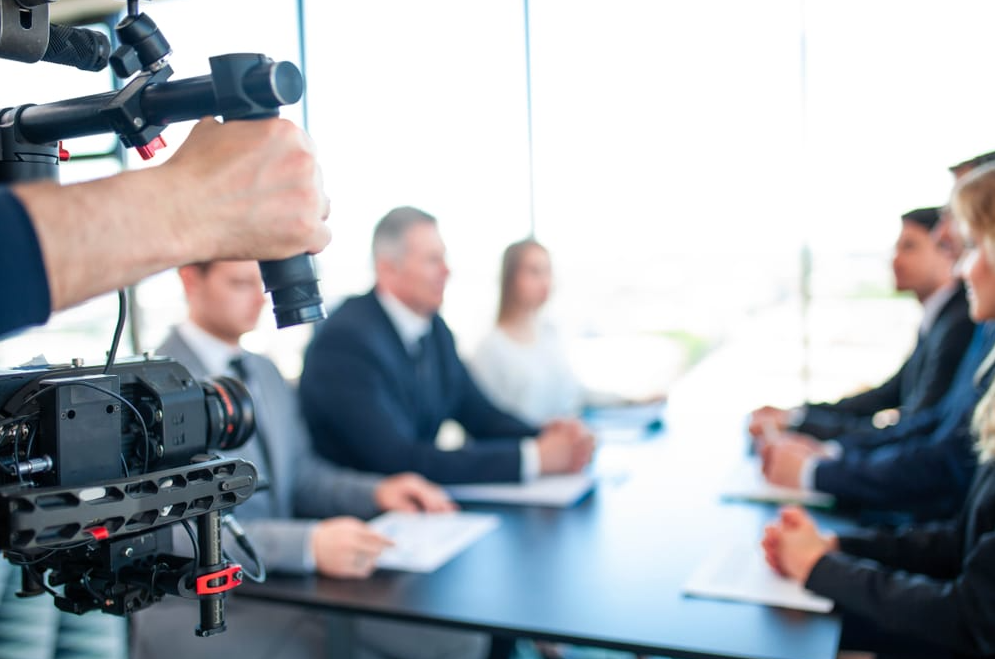Legal Videography: Transforming the Method Proof is Captured and Presented
Legal Videography: Transforming the Method Proof is Captured and Presented
Blog Article
Recognizing the Importance of Lawful Videography in Providing Transparent and Credible Paperwork for Lawful Procedures
In the world of lawful process, the application of lawful videography has actually arised as a critical device for making certain openness and credibility in documenting numerous facets of instances. Legal videography not only enhances the accuracy of recording testaments and occasions however likewise offers an extensive view that can be pivotal in identifying the outcome of legal conflicts.
Relevance of Lawful Videography
Lawful videography plays a critical duty in lawful procedures by providing aesthetic documents that enhances the precision and trustworthiness of testament and proof presented in court. With using video clip recordings, attorneys can capture face expressions, body language, intonation, and various other non-verbal hints that may not be fully conveyed through written transcripts alone. This aesthetic paperwork helps to provide a more nuanced and total understanding of the context in which statements were made, helping judges and juries in their analysis of witness integrity and the weight provided to details items of evidence.

Improved Documents Accuracy
Offered the critical duty of visual documents in legal procedures, the focus now changes to analyzing just how enhanced documents accuracy accomplished via legal videography additionally strengthens the stability of the lawful system. Legal videography provides a specific and comprehensive account of events, recording nuances that may be missed out on in created transcripts or typical types of documents. By providing an aesthetic record that consists of body language, intonation, and face expressions, legal videography enhances the accuracy of documenting witness statement and court room proceedings. This level of detail can be critical in precisely representing the context in which declarations were made, helping to avoid misconceptions or misrepresentations that might accompany composed documents alone. In addition, the capability to review video footage enables fact-checking and verification, boosting the general integrity and reliability of the documents offered in legal proceedings. Fundamentally, enhanced documentation accuracy via lawful videography serves as a powerful device for advertising transparency and making sure that legal procedures are conducted with the utmost integrity and fairness.
Openness in Lawful Procedures
Openness in lawful procedures is an essential foundation of maintaining justice and guaranteeing responsibility within the legal system (Legal Videography). By enabling open accessibility to information, procedures, and decisions made throughout legal procedures, openness works as a guard against corruption, predisposition, and unreasonable practices. It reinforces public count on the legal system and makes it possible for all events involved to believe in the stability of the process

Moreover, transparency in legal process makes certain that all pertinent information is divulged and evaluated, advertising justness and equal rights prior to the legislation. It enables scrutiny of the decision-making procedure and aids identify any type of prospective errors or transgression. Generally, openness in lawful proceedings is necessary for upholding the principles of liability, fairness, and justice.
Reliability Through Video Proof
The use of video clip proof in lawful process considerably enhances the integrity of testaments and events presented to the court. Legal Videography. Video clip proof captures audio and aesthetic aspects that can supply a much more accurate representation of what occurred contrasted to created records or spoken testaments alone. By presenting events as they really occurred, video clip proof decreases the possibility of misinterpretation, adjustment, or distortion of realities, hence reinforcing the reputation of the details existing
In addition, video clip evidence can catch nuanced details such as body movement, faces, intonation, and the sequence of events, which can be vital in more helpful hints establishing the authenticity and reliability of testaments. This level of information can assist judges, courts, and attorneys make more enlightened decisions based on concrete aesthetic proof instead of solely counting on spoken disagreements or created accounts that might undergo predisposition or disparities.
Basically, using video evidence in lawful procedures offers to boost accuracy, transparency, and reliability, ultimately contributing to the credibility of the legal paperwork and the justness of useful reference the judicial procedure.
Lawful Videography in Courtrooms
Lawful videography plays an essential role in capturing and preserving visual proof during courtroom procedures. In modern lawful techniques, the usage of video clip technology has actually come to be significantly prevalent in courtrooms. Lawful videographers are tasked with the obligation of recording the process properly, making sure that all appearances are documented for future recommendation.
The existence of legal videography in court rooms improves openness and provides an honest visual record of the occasions that unfold during tests. Judges, juries, and legal groups can evaluate video to clear up witness statements, analyze body movement, and examine the overall demeanor of individuals associated with the situation. This aesthetic documentation can be specifically important in instances where feelings run high, or testaments are intricate and require mindful analysis.
Moreover, legal videography in courts can additionally assist in the appeals procedure by providing concrete visual evidence to support or challenge previous rulings. The detailed video captured by legal videographers functions as a dependable source for lawful professionals, making certain that justice is served based upon a thorough understanding of the realities presented throughout the trial.
Final Thought
Finally, lawful videography plays an important function in enhancing documentation precision, advertising openness in lawful procedures, and boosting integrity with video clip proof (Legal Videography). By giving visual records of occasions, lawful videography guarantees that all events entailed have accessibility to the exact same info, eventually contributing to a reasonable and just lawful system. Its existence in courtrooms further strengthens its value in supplying reputable and clear paperwork for lawful procedures
In the realm of legal process, the utilization of legal videography has emerged as a critical device for guaranteeing transparency and reputation in documenting various elements of situations.Lawful videography plays anonymous a crucial function in legal procedures by giving visual paperwork that boosts the accuracy and integrity of testimony and evidence provided in court.Offered the critical function of aesthetic documentation in legal procedures, the emphasis currently shifts to taking a look at just how enhanced documentation accuracy attained via legal videography even more enhances the honesty of the lawful system.In the context of lawful videography, transparency is even more improved by supplying a exact and unchanged visual record of events as they unfold during legal procedures.In final thought, lawful videography plays a critical role in enhancing documentation accuracy, promoting openness in lawful proceedings, and enhancing reliability via video evidence.
Report this page